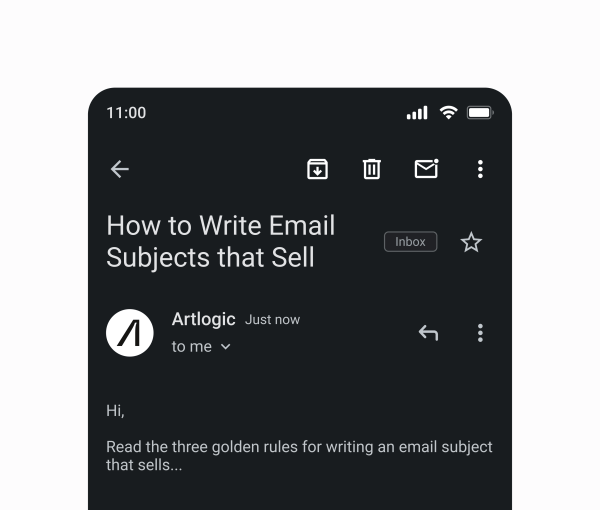If Search Engine Optimization (SEO) seems like a dark art, keep reading.
For those new to SEO, trying to learn what it’s all about while Google constantly refines its algorithm and changes the rules can seem like running on shifting sands, but most of these updates make it easier for the inexperienced to succeed, not harder.
As long as you’re interested in delivering genuine value for your audience, you’ll appear near the top of the search results on Google when your target market searches for relevant terms. Here are our top three tips.
Be guided by user intent
Google’s primary objective is to deliver content that answers search queries with accuracy. For example, if a user searches “contemporary art exhibition in Kansas”, Google isn’t going to suggest content relating to an old master’s exhibitions in London. Why? Because this wouldn’t tally up with what the user wants to know.
Google’s algorithms are sophisticated, and highly capable of spotting content that delivers genuine value for the user. Even if you’d never heard the term SEO, and you created a website page that went above and beyond to meet the user’s needs, there’s a fair chance that Google would rank that page highly. A good place to start is taking a look at how your competitors approach content and how you could improve upon their offering. For example, do they have a press page or blog but only post twice a year? Start a better-maintained, more interesting blog.
Keywords, any word or phrase your target market is likely to type into a search engine, are still important, so using a keyword research tool like Semrush to create informative content based around the terms your intended audience frequently searches for.
Technical SEO is as important as on-page SEO
An understanding of back-end SEO techniques is just as important if you want to remain competitive.
For example, discover how to assess your website’s site speed and learn what makes it slow, such as using too many plugins or ads. Laggy websites lead to poor user experience and are penalized by Google.
Similarly, as a growing amount of site traffic comes from mobile devices, ensure your website is optimized for mobile. A page that can’t be reconfigured for mobile is nigh on unusable for someone browsing on their phone.
Google’s PageSpeed insights is really helpful for site speed and mobile optimization.
Make the most of metrics
Google pays close attention to how users interact with your site. If visitors quickly leave (a high bounce rate) or don’t spend much time browsing, Google will assume you’re failing to deliver for the user, which could hurt your rankings. Choose some key metrics, like average session duration (which measures how long a user stays on your site) and track them to see where improvements can be made. And, make sure your pages are easy-to-navigate and engaging, tip: use internal links to keep users exploring your site for longer.






